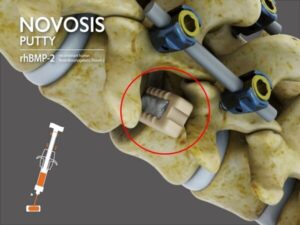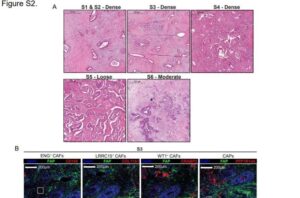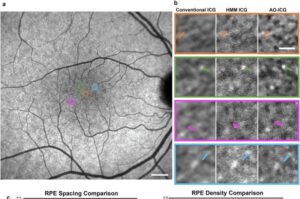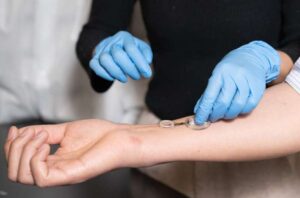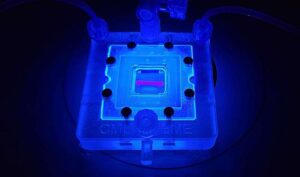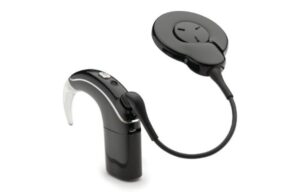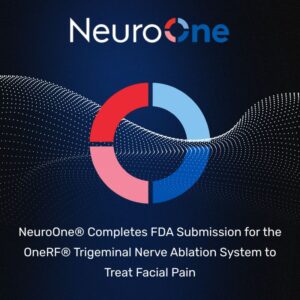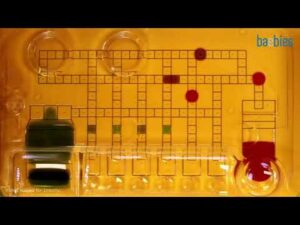
Baebies Receives FDA Breakthrough Device Designation for First Point-of-Care Heparin Monitoring Test
DURHAM, N.C., April 23, 2025 /PRNewswire/ — Baebies has received Breakthrough Device Designation from the U.S. Food and Drug Administration (FDA) for its Anti-Factor Xa test on the FINDER® platform —the first point-of-care heparin monitoring assay. Designed for patients receiving unfractionated or low molecular weight heparin, the test provides results in under 15 minutes from just 50 µL of whole blood. This designation recognizes the test’s potential to bring heparin monitoring closer to the patient, enabling faster and more effective dose management in critical care settings.

